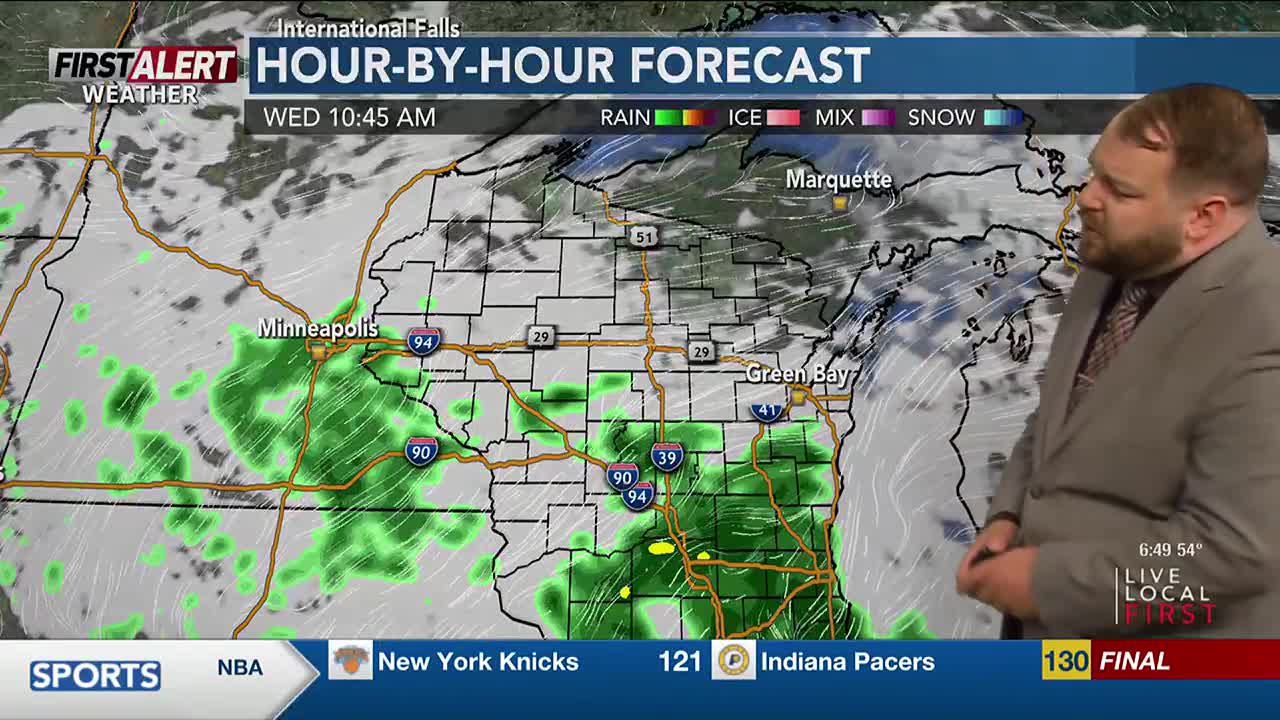A Climate Shifting Under Our Feet
As Canada continues to navigate the complexities of an evolving climate, the latest weather patterns are more than just numbers; they reflect the urgent realities faced by communities across the nation. From sudden temperature swings to unprecedented storms, Canadians are finding themselves on the frontlines of a changing climate. This week’s weather reports indicate a dramatic shift in several regions, prompting both concern and discussion about what this means for our future.
The Patterns We Can’t Ignore
According to the latest data from Environment and Climate Change Canada, much of the country has been experiencing a warmer-than-average fall. While some Canadians embrace the mild October days, the implications of these temperature increases are significant. The average temperature in the past month has risen by almost 2 degrees Celsius compared to historical data, signaling a potential shift that can influence everything from agriculture to everyday living conditions.
Public Sentiment: A Mixed Bag
On social media, reactions have varied. Some users express relief at the warmer weather, seeing it as a welcome break from Canada’s harsh winters. “I’d rather be enjoying the outdoors than bundling up,” tweeted a user from Toronto, who shared images of their autumn picnic amidst the unseasonably warm days.
However, there is a growing group of voices that voices concern about the long-term effects of these changes. “It’s not just about enjoying a warm October. We need to start paying attention to how this affects our environment,” said climate activist Callie Becker, who has been vocal about the potential rise in severe weather events resulting from climate change. “Every degree matters, and we’re already seeing the fallout.”
Implications for the Future
The latest weather data suggests not only immediate impacts but also longer-term transformations. For instance, a study released earlier this month indicates that the frequency of extreme weather events—such as heavy rainfall and flooding—has increased by a staggering 30% in the past decade. This trend poses challenges for infrastructure, emergency services, and food security, as more Canadians face the prospect of adapting to a new normal.
A Call for Awareness and Action
As communities grapple with these changes, it is crucial to foster awareness and encourage proactive measures. The latest weather conditions serve as a reminder that nature is unpredictable and unyielding. Taking steps towards sustainability, such as investing in green technology and infrastructure, could help mitigate some of these issues in the future.
As we brace ourselves for what lies ahead, understanding the latest weather trends is not merely about forecasting tomorrow’s climate; it’s about comprehending the larger forces that impact our lives, the economy, and our shared environment. The dialogue around climate change can no longer be sidelined; it must take center stage in crafting policies that prioritize the planet and its inhabitants.

